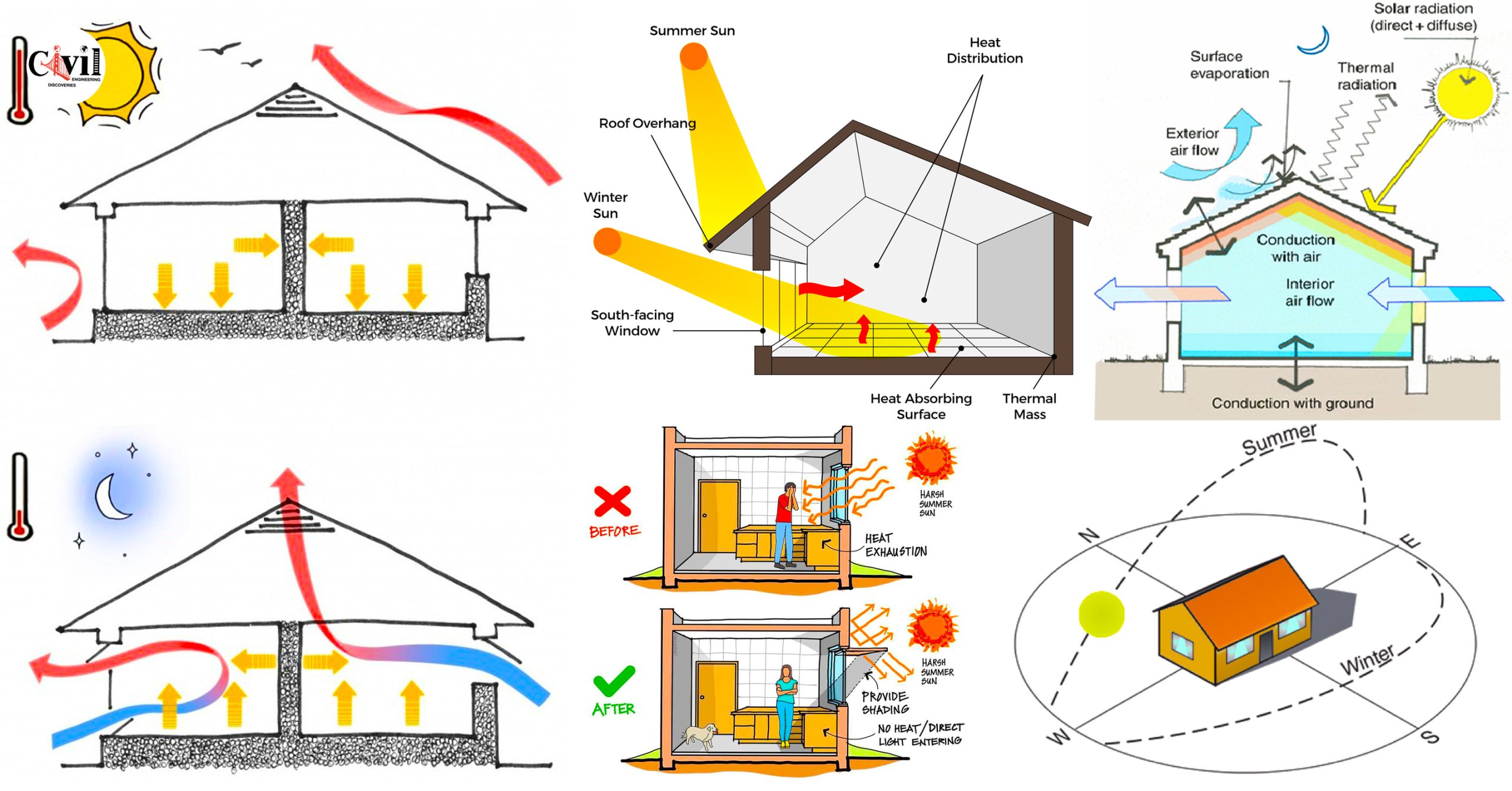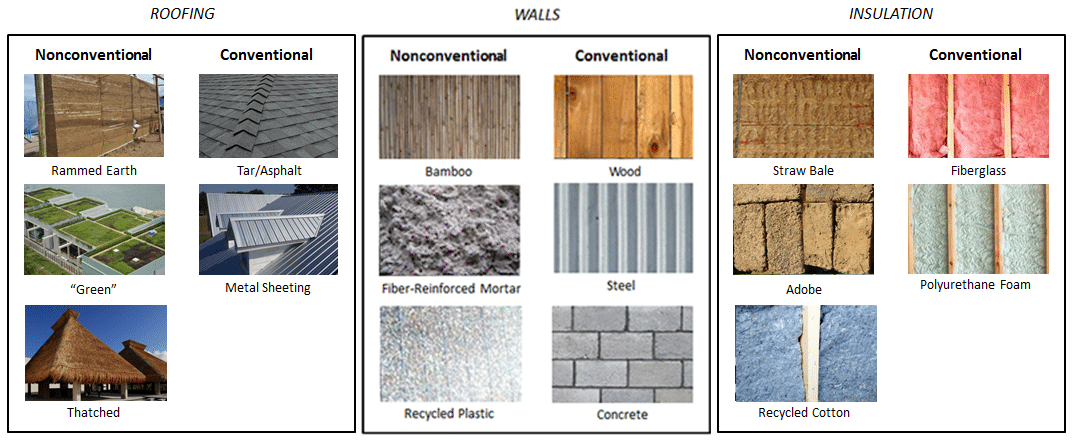“Architecture should speak of its time and place, but yearn for timelessness.”
-Frank Gehry.
Top 5 principles of green building design
A friend suggested that green architecture was just a buzz word that has outlived its relevance like so many other fetishes. I had to remind him that global warming was still as grave a problem as it ever was; air pollution was increasing by the day despite whatever meager steps various governments had been taking; oil reserves were depleting faster than we earlier thought; and almost every expert believed that the next world war could be fought over the issue of clean, drinkable water. So, going green is not at all any fetish or buzz word, it’s the present and future of the planet; if our environment survives, only then we can hope to survive.
It’s important to understand that sustainable architecture is about optimizing energy efficiency, using less water, conserving natural resources, producing less waste and providing healthier spaces. To make my point clearer, let us discuss the top 5 principles of green architecture.
- Building location and orientation:

If you can choose the location of your building, be wise in your approach. Find a location where you don’t need to transport materials from great distances. This will save precious oil and reduce your cost as well. In addition, avoid building in environmentally sensitive areas like earthquake or flood prone regions.
Building orientation plays a vital role in reducing your energy needs. Place your building in a way that you get maximum sun in winters while its entry is blocked during summers. This will help you reduce your heating and cooling requirements that account for nearly 50% of a building’s energy consumption. Sun orientation can also help in reducing your artificial lighting requirements and correct Wind orientation helps you maintain comfortable exterior and interior temperatures.
- Eco-friendly materials:

According to an estimate, buildings account for almost half of world’s total material use. We can save big bucks and protect our environment by using eco-friendly, recycled and natural materials. Of course there are other benefits as well. Conventional building materials and methods have been linked to environment degradation and a wide range of health problems too. Materials like paints, solvents, composite timbers and plastics etc contain chemical pollutants while dust, mites and moulds contain biological pollutants that cause a number of diseases. The living environment can be made cleaner and healthier by using eco-friendly materials like rapidly renewable plant materials- bamboo and straw, lumber from forests, dimension and recycled stone and recycled metals etc.
Well, it’s time to take a break. I know I promised to discuss top five principles of green or sustainable architecture, but let us not make it too heavy for our friends in a single post. I will come back soon with the next part of this post where we will talk about the other principles for making our buildings (and our planet too) greener and livable.
(To be continued)
Sources:
http://www.louisianalandcan.org › article › The-five-prin…
https://architecture-student.com › tag › principles-of-gree…
https://www.novatr.com › blog › green-architecture
https://www.engineeringforchange.org/news/building-sustainability-changing-the-way-we-look-at-construction-materials/
https://engineeringdiscoveries.com/building-orientation-principles-and-analysis-of-the-best-orientation/
ABOUT THE AUTHOR

Sandeep Singh is an architect from IIT Roorkee.
Ten years after graduating, he lost his vision to genetic Diabetes.
He reinvented his career and turned writer.
He has authored two fiction books and writes blogs on
Architecture, Outsourcing, Safety and a variety of other
subjects for different organizations. He also chairs and runs two NGOs
